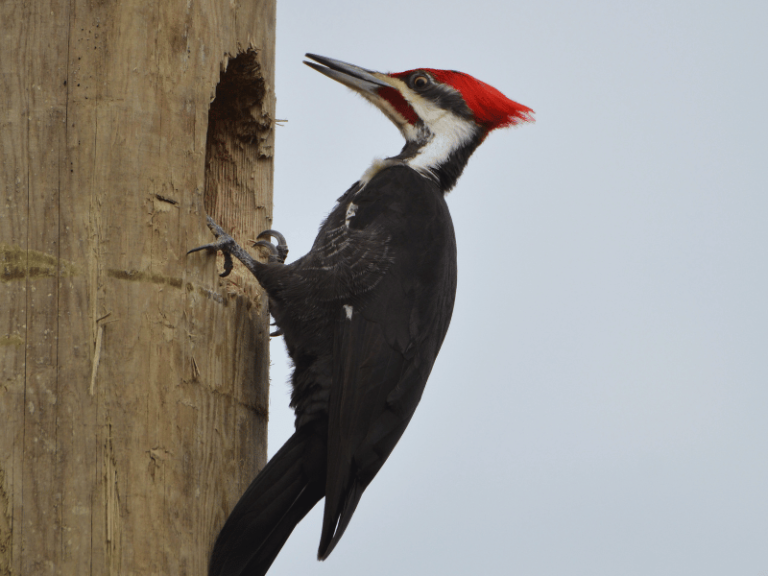“When it comes to woodpeckers, everyone knows them well; every morning without fail, they’re tapping away in the trees.” This describes the life of woodpeckers.
Why do woodpeckers often circle around large trees? It turns out, they are the “inspectors” and specialized “doctors” of the forest. Every day within their roaming area, they meticulously inspect each large tree from root to tip, tapping as they go, as if announcing to everyone that the “clinic” is open. When they encounter pests, they eat them; when they find damaged tree holes, they immediately perform surgery to remove internal pests.
There are many types of insects that woodpeckers eat! However, the most welcomed among them are the fat and large larvae of wood-boring beetles, bark beetles, and jewel beetles hidden inside wood and under bark. These larvae are serious pests that damage wood and the inner layers of tree bark, often causing fruit trees to die from their attacks. Only woodpeckers, acting as “doctors,” can effectively treat these pests. Especially in winter and spring, when there are fewer insects available outside, these larvae hidden deep in wood and under bark become the primary targets for woodpeckers during winter.
According to surveys, the largest woodpecker in China, the Black Woodpecker, can eat over a thousand bark beetle larvae in a day. Through dissection observations, it has been found that the stomach of one Black Woodpecker contained hundreds of bark beetle larvae. In another instance, over 650 insect larvae were found in the stomach of a different Black Woodpecker. In one study, dissecting 17 Black Woodpeckers revealed a total of 2255 pest insects in their stomachs. Living year-round in birch forests and overwintering there, the White-backed Woodpecker particularly enjoys eating larvae of bark beetles hidden under birch bark. Through dissection observations, it’s common to find over a hundred bark beetle larvae in their stomachs. According to statistical surveys, they can consume over 90% of all pests in birch forests by eating the overwintering larvae of bark beetles.
Bark beetle larvae are typically hidden in the inner layers beneath tree bark and depend on these tissues for sustenance. Wood borers and their larvae specifically burrow into the wood and feed on it. Therefore, only woodpeckers, with their long, sharp, chisel-like beaks, have the capability to extract these deeply hidden pests. Of course, removing these pests is not easy, which is why woodpeckers are constantly searching, tapping, and chiseling insect holes all day long!

